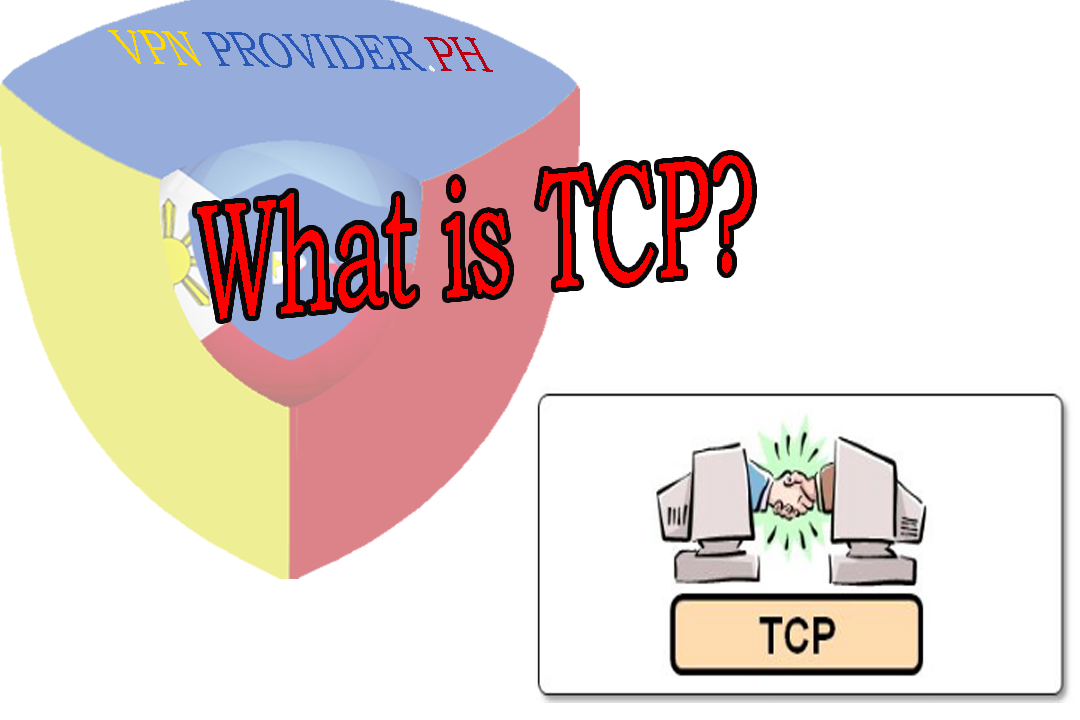UDP, or User Datagram Protocol, is a commonly used protocol for transmitting data over the internet. It is a connectionless protocol, meaning that it does not establish a connection before transmitting data. Instead, data packets are sent independently of one another, without any guarantee of their delivery or order.
UDP also does not implement error checking or flow control, which means that it is faster and has lower overhead than TCP, another commonly used protocol for transmitting data over the internet. However, this lack of reliability can also be a disadvantage, as lost or corrupt data can degrade performance.
One of the advantages of UDP is its speed. Because it does not implement error checking or flow control, UDP can transmit data quickly and with minimal network overhead. This makes it ideal for applications that require real-time data transfer, such as online gaming, video conferencing, and streaming media. For example, in online gaming, it is essential that the actions of players are transmitted quickly to ensure a smooth and enjoyable gameplay experience.
Another advantage of UDP is its simplicity. Unlike TCP, which requires a complex connection setup process, UDP allows for quick and easy transmission of data. This makes it ideal for applications that require a simple and lightweight protocol.
However, UDP’s lack of reliability can also be a disadvantage. Because it does not implement error checking or flow control, UDP packets may be lost or corrupted during transmission. This can lead to degraded performance, especially in applications that require the complete and accurate delivery of data.
Additionally, UDP is vulnerable to network congestion and packet loss. Because it does not implement flow control, UDP can overload a network with too many data packets, leading to congestion and dropped packets. In contrast, TCP implements flow control to prevent this type of network overload.
UDP is a connectionless protocol that provides fast and simple data transfer. It is ideal for applications that require real-time data transfer, such as online gaming and streaming media. However, its lack of reliability and vulnerability to network congestion and packet loss make it less suitable for applications that require the complete and accurate delivery of data.



